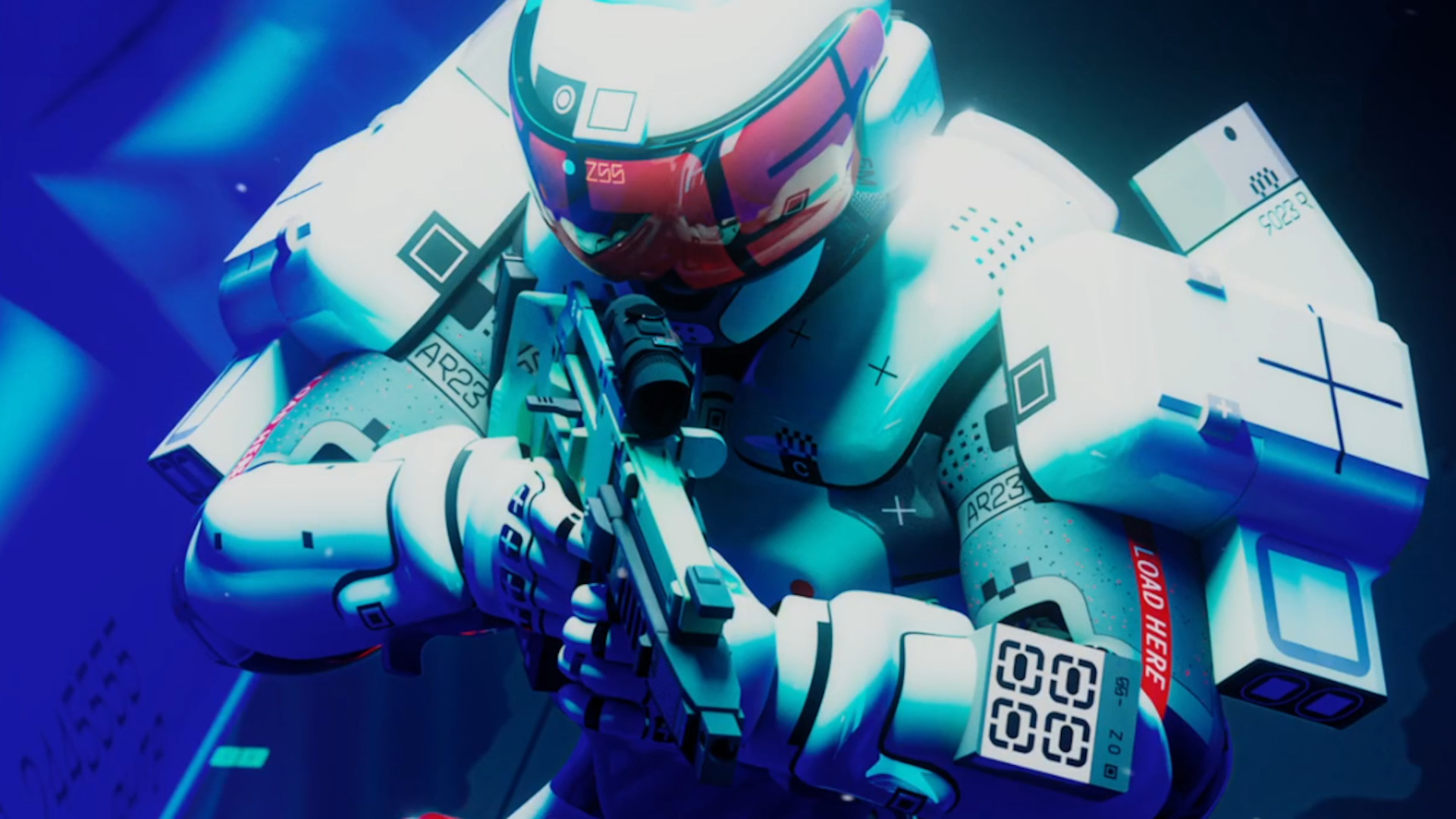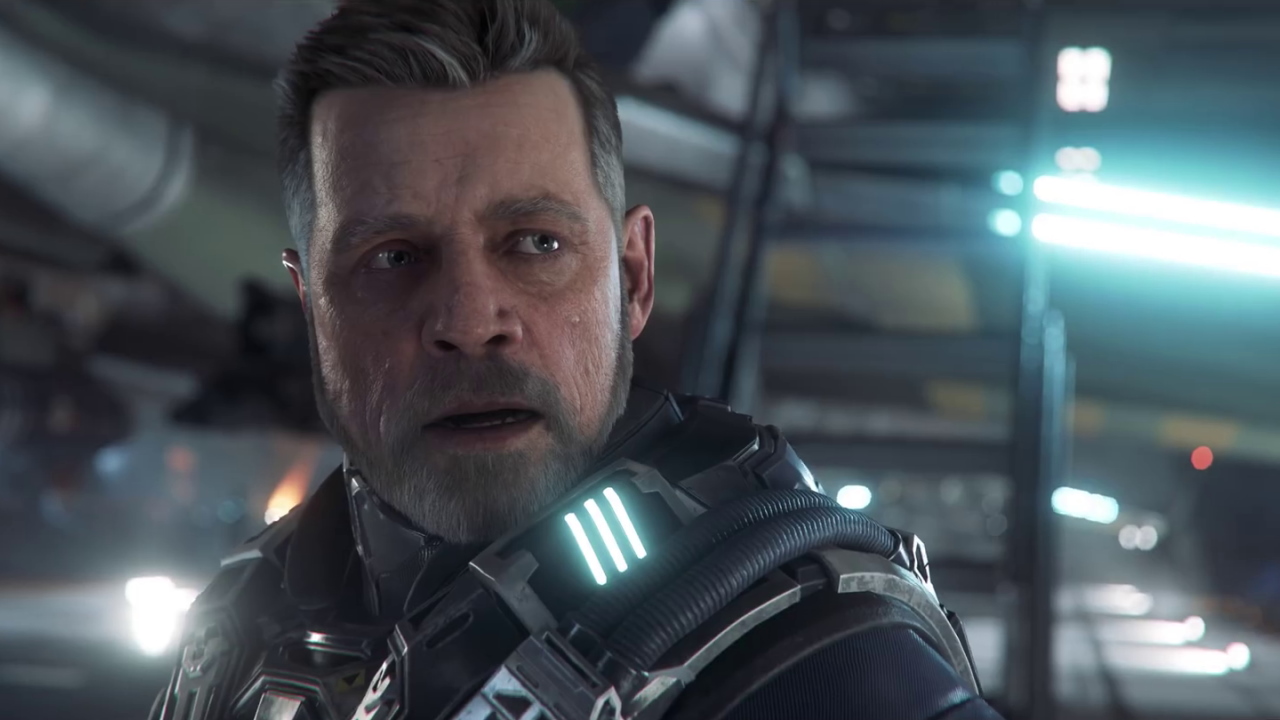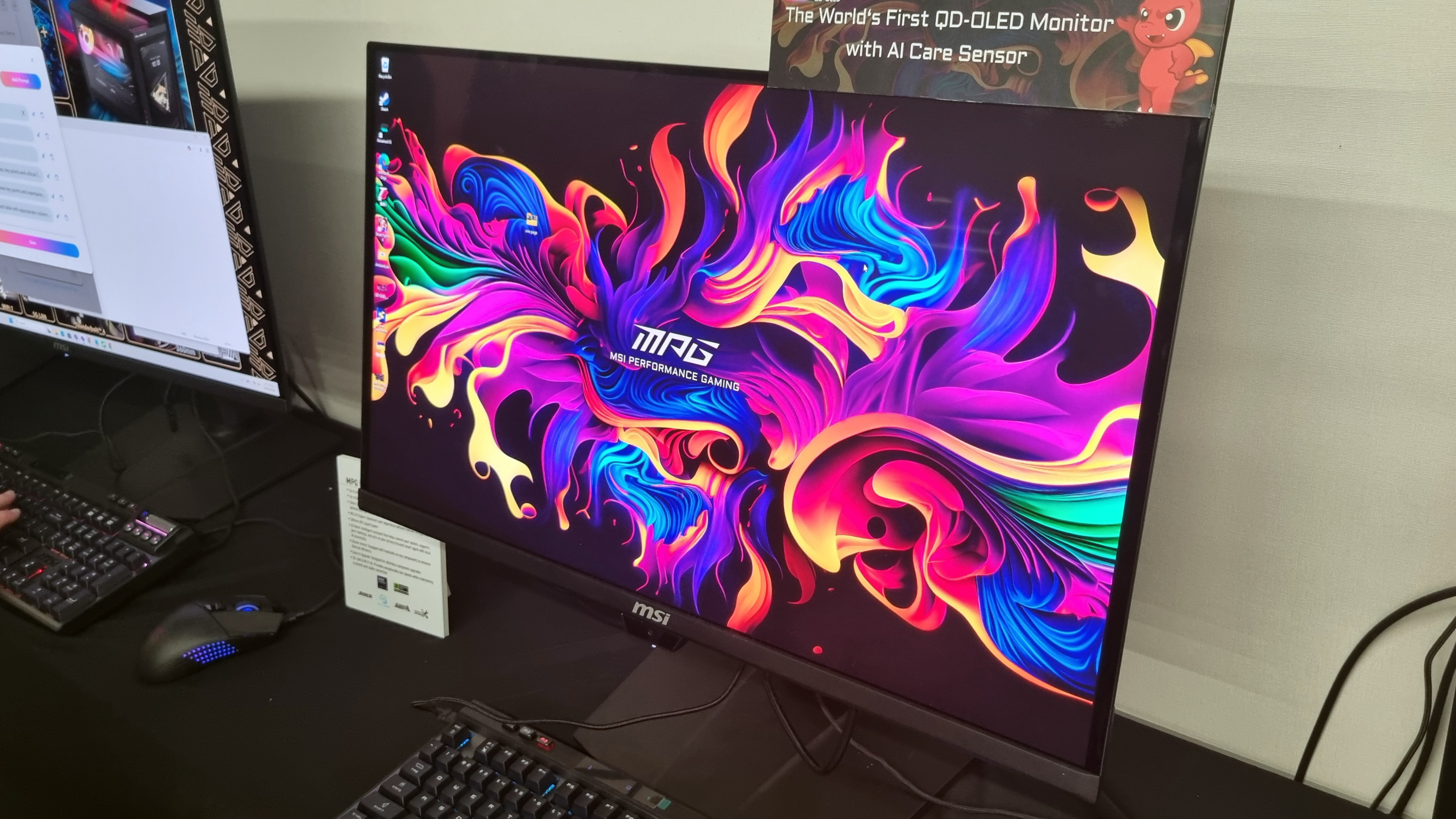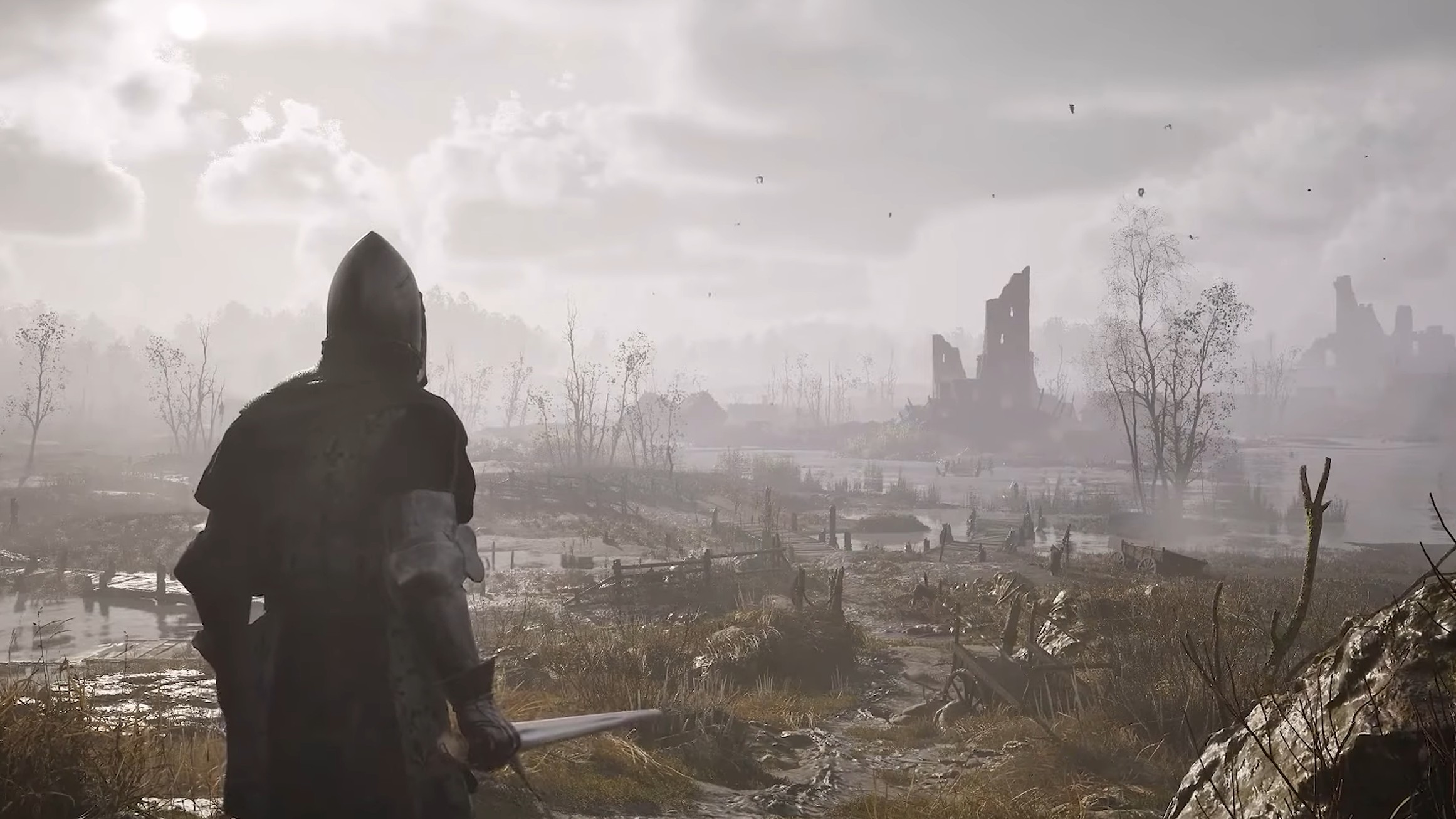
Sony InZone M9 II Review
The Sony InZone M9 was meant to be the ideal gaming monitor for PlayStation 5, but now that a few years have passed and the best gaming monitors have become even better, it was time for a new one. The Sony InZone M9 II takes everything that made the original M9 such a great companion for the PS5 and puts it into a sleeker package that doesn’t look as much like a simple companion for a console.
So instead of just being the PS5 monitor, the Sony InZone M9 II is just a great 4K gaming monitor, full stop, whether you’re pairing it with a PS5 or with your gaming PC. Because let’s face it, the InZone M9 II features a 160Hz refresh rate, something a console simply cannot take advantage of.
Purchasing Guide
The Sony InZone M9 II gaming monitor is available now for $799.
Design and Features
The biggest problem with the original Sony InZone M9 is that it took a bit too much inspiration from the PS5’s design. It seems like Sony has learned its lesson with the M9 II, though. Instead of the contrasting white and black stand, the entire monitor has a nice matte black colorway. And in place of a tripod mount, the Sony Inzone M9 II has a rotating stand that not only saves space on your desk, but allows the monitor to rotate more easily.
This helps out a lot when you’re first setting up the monitor. Instead of having to wrestle with the monitor to get all your cables connected, you can just rotate the monitor so much as to have the rear of the device facing you on your desk. Then, it’s just a simple matter of plugging the cables in. I can think of plenty of times I needed to connect an extra device to my monitor, and had to wrestle with the thing to get to the ports.
The rotation is possible thanks to the stand of the InZone M9 II. The base of the stand has a plastic rotating disk that makes contact with the surface of your desk. That means instead of rotating the screen on a static stand, you’re essentially rotating the entire monitor. The approach does have the side effect of needing to align this rotating disk in a certain way when you’re screwing the mounting arm into the base, but you’re only ever going to have to do that once. And given that the result is a monitor stand I don’t immediately want to abandon for a mounting arm means it’s absolutely worth the one-time hassle.
Otherwise, setup for the Sony InZone M9 II is extremely easy. The stand attaches to the monitor by just slotting it into the rear panel, snapping into place with no need for a screwdriver. Then, to remove it, you can just push in a button on the back of the display and pull out the stand, revealing mounting points for a standard display arm.
As a 27-inch monitor, the Sony InZone M9 II is surprisingly sleek. The monitor doesn’t have the thinnest bezels I’ve ever seen, but they’re thin and dark enough that they fade into the background. The bottom bezel is a bit thicker than the rest of the display, and is bookended by a Sony logo on the bottom left corner and a Nvidia G-Sync Compatible sticker on the bottom right. At its thinnest point, the Sony InZone M9 is a little over half an inch thick, but it does get a bit thicker near the center of the display, tapering off at the edges. So, while the Sony InZone M9 II is the followup to what was ostensibly just a PS5 monitor, its successor is just a sleek little gaming monitor, and looks the part.
Just like any other gaming monitor, too, it comes with a slew of different options to customize the way it looks and performs. For instance, there’s an option in the OSD to turn on 24.5-inch mode, which lowers the resolution of the screen down to 1962p from 2160p, and makes a large portion of the screen black. This lowers the playable area of the display down to, well, 24.5 inches, which helps you focus and take in more of the display. Sony baked this into the display to cater to esports fans who sit close to the screen, but it’s a genuinely cool idea – I just can’t see myself ever actually using it.
Speaking of the OSD, you can summon it by clicking a button on the rear of the monitor in the bottom right corner. Just like any other OSD, this will let you adjust picture settings to dial it in to your liking. However, there’s an entire section dedicated to ‘gaming assist’ settings, where you’ll find the 24.5-inch mode, alongside a static crosshair and other similar tweaks. There are definitely settings in here that some gaming purists might consider ‘cheating,’ but you don’t have to use them if you don’t want to – it’s not like you’re going to get caught, though.
Sony is also shipping the Sony InZone M9 II with the InZone Hub software. This will let you control all your monitor’s settings from the app, rather than dealing with an OSD. I wasn’t able to get the new version of the app at the time of writing, but it will be available once the Sony InZone M9 is on store shelves.
Performance
The Sony InZone M9 II is a 4K monitor with a 160Hz refresh rate and those specs alone put it neck-and-neck with something like the Alienware AW2725QF. However, the Sony InZone M9 II is a much more agile monitor, with latency clocking in at just 0.1ms. Couple that with the full array LED IPS panel, and you have an absolutely gorgeous panel that’s faster than the competition. Though at $799, compared to the Alienware’s $599, it needed to prove it’s at least a bit better – and it certainly impressed.
Everything I have played on this monitor, whether it’s raiding in The War Within or exploring the galaxy in Star Wars: Outlaws looks pristine and colorful. That’s thanks to the full array LED, which lights up every pixel in the panel, avoiding the backlight bleeding that plagues other LED displays. Blacks stay dark and inky, and colors are extremely bright.
While the 160Hz refresh rate is a bit overkill for the PS5 – and even the recently announced PS5 Pro, it makes the M9 II a great companion for a gaming PC, especially one with a high-end graphics card. I paired the Sony InZone M9 II with a PC equipped with an Nvidia RTX 4090, and having such a luscious picture at 4K and a system that can take advantage of the high refresh rate showed what this monitor is capable of.
I wish HDR support was better on Windows, which would’ve helped this monitor truly shine with a PC.Luckily, the PS5 is much better at handling HDR content than a gaming PC is, and in brightly colored games like Ghost of Tsushima or Ratchet and Clank: Rift Apart, the Sony InZone M9 II soars and really shows off the InZone M9 II’s HDR chops. The monitor is rated for DisplayHDR 600, and while that’s not the most prestigious HDR rating, it still looks extremely bright and colorful.
When a PS5 is connected to the Sony InZone M9 II, the monitor will detect it, and can swap display modes on the fly, depending on what you’re doing with the console. For instance, it’ll automatically switch to game mode when you’re playing games, then switch back to cinema mode when you’re watching a movie. It’s a nice feature to have, but I do wish it was a bit more robust. There are a ton of display presets available, many named after genres of games, and it’d be cool if the PS5 could make the monitor switch to the RPG preset instead of just the game preset when I boot up Final Fantasy VII Rebirth, for example.
The speakers, however, completely fail to impress. The Sony InZone M9 II features two 2W chargers in the back of the display, and just like with any monitor, they sound actively bad. Bass is practically non-existent, leaving game audio sounding tinny and annoying – they’re simply there for convenience as a last resort. Trust me, you’re going to want to pair this monitor with standalone speakers or a gaming headset, especially if you’re already shelling out this much for a high-end monitor.








